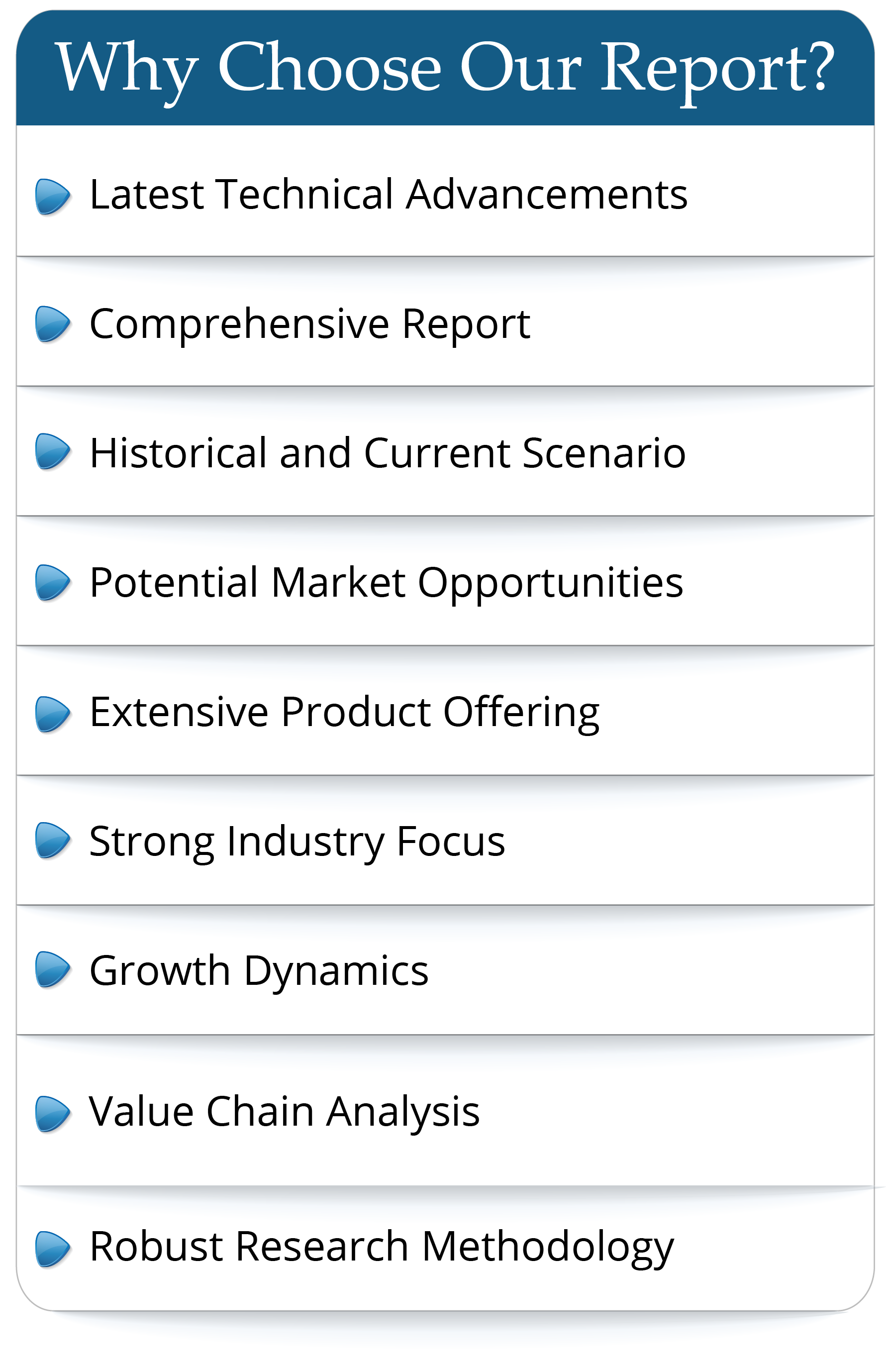LOW-CODE DEVELOPMENT PLATFORM MARKET OVERVIEW
The global low-code development platform market size was valued approximately 2.53 B USD in 2025 and will touch 22.47 B USD by 2034, growing at a compound annual growth rate (CAGR) of 27.46% from 2025 to 2034.
A low-code dev platform is a tool for making apps without much coding. It uses visual interfaces and drag-and-drop features. These platforms make building apps quick and easy, even for those who don't know much about coding. They offer ready-made templates, reusable parts, and automated steps for designing, testing, and launching apps. Low-code platforms are popular in businesses for creating in-house apps, customer solutions, and integrations, cutting down costs and speeding up software delivery.
IMPACT OF KEY GLOBAL EVENTS
“Geopolitical Tensions and Regional Development”
Geopolitical tensions can shake up the low-code platform market. They mess with the global supply chain and access to vital tech. Trade limits, sanctions, or new rules in big markets might block some tools or resources for low-code development. Plus, firms wanting to stay local might give regional players a chance to meet local demands for low-code platforms. Changes in geopolitics could also push more firms to invest in local tech, cutting ties with foreign suppliers and growing local low-code development.
“AI Advancements and Platform Capabilities”
AI is boosting low-code platforms, bringing in top-notch automation and smart features. These platforms now have AI tools that make coding, testing, and improving apps easier. With less skill, users can create complex apps. As AI keeps growing, low-code platforms will get stronger, letting more people build fancy apps. Plus, AI gives low-code platforms a chance to automate more of the development process. This makes it quicker and simpler for businesses to launch apps.
LATEST TREND
” Integration with AI and Automation Tools”
Low-code platforms are embracing AI and automation as the latest trend. They're integrating AI-powered tools like auto-code creation, predictive insights, and workflow auto-management. These additions make crafting intricate apps simpler. AI streamlines processes such as testing, optimizing, and designing user interfaces. It minimizes manual work and accelerates development. This fusion enables businesses to build apps more efficiently, enhancing the user journey.
“Increased Focus on Citizen Developers”
Low-code platforms are aimed at citizen developers—folks with little coding know-how. They simplify app creation with easy, visual interfaces. This shift comes as firms need custom apps fast, often bypassing IT teams. These platforms are getting more user-friendly, with drag-and-drop parts and ready-made templates. Non-tech users can now build and launch apps. As businesses boost employee power and speed, low-code tools are growing in popularity for fostering innovation across roles.
“Enhanced Security Features for Enterprise Adoption”
Low-code platforms are now used for bigger business apps, putting a focus on strong security. Firms want platforms with built-in safeguards like data encryption, user sign-ins, and industry rules compliance. This shows how worried everyone is about data privacy and rules in the digital world. To win over big clients, low-code tools are adding top-notch security. This keeps apps safe, rule-following, and able to guard important info.
LOW-CODE DEVELOPMENT PLATFORM MARKET SEGMENTATION
By Type
- Cloud Low-Code Development Platform: Cloud-based low-code platforms let users create, launch, and run apps online. They're hosted on cloud systems, offering scalability, flexibility, and remote access. These traits suit firms with remote teams or wanting to cut IT costs. The market for these platforms is booming, as businesses adopt cloud-first plans and digital changes. Their ability to scale resources on the fly and integrate with other cloud tools makes them a hit with startups, SMEs, and big firms seeking quick, cheap app solutions.
- On-Premise Low-Code Development Platform: An on-premise low-code platform runs on a firm's own servers and gear. This setup gives businesses tight control over data and security. It's ideal for sectors like healthcare and finance with strict rules. Though smaller than the cloud market, on-premise still holds sway in fields valuing data safety. Bigger upfront costs for hardware and upkeep can be a hurdle for smaller firms. Yet, large enterprises see it as a top choice for full tech and data security control.
By Application
- SME: Small and medium enterprises (SMEs) use low-code platforms to build custom apps cheaply and easily. They don't need big dev teams or deep tech skills. These platforms let SMEs solve problems fast, smooth out operations, and boost flexibility, without the costs of traditional methods. The SME market for low-code is booming, as firms turn to digital tools to stay ahead. Low-code platforms, with their flexibility, low costs, and fast development, are perfect for SMEs wanting to innovate on a budget.
- Large Enterprise: Large enterprises use low-code platforms to quickly build and expand apps, often for specific departments or to improve processes. These tools help speed up development, ease the load on IT, and spark innovation across the business. Adoption is growing, but big firms need advanced features like top security, integration, and regulatory compliance. The market for low-code in large enterprises is expanding, as firms aim to speed up digital changes and let non-tech staff help with app development, while keeping control and governance in check.
MARKET DYNAMICS
Market dynamics include driving and restraining factors, opportunities and challenges stating the market conditions.
Driving Factors
” Increased Demand for Rapid Application Development”
The urgency for swift app creation is fueling the growth of the low-code platform market. Businesses, under pressure to innovate and adapt swiftly to market demands, find low-code as an accelerator for development. With low-code, both tech-proficient and non-tech users can create apps in a blink compared to traditional methods. This rapid prototyping and deployment capability is particularly advantageous for highly competitive industries or those needing frequent updates to remain relevant. In short, low-code platforms are the go-to solution for businesses seeking to stay ahead in today's fast-paced market.
Restraining Factor
” Limited Customization and Scalability”
Low-code platforms, despite their perks, often get slammed for being less customizable and scalable than traditional methods. While they come with ready-made templates and drag-and-drop tools, building complex or specialized apps may still need custom coding, nullifying their benefits. Plus, some low-code solutions may falter when business demands expand, especially for large enterprises needing robust, intricate enterprise-level apps. These constraints can turn off certain organizations, especially those with highly specialized needs.
Opportunity
” Empowering Citizen Developers”
A major boost for the low-code market is the rise of "citizen developers": business users with no coding background who can build apps using these platforms. This makes software development more accessible, cutting down on IT team dependence, boosting innovation, and easing bottlenecks. With more firms seeing the benefits of non-tech staff in development, low-code platforms are set to soar across industries. This trend brings fresh growth chances, notably in finance, healthcare, and retail, where tailored business apps are in high demand.
Challenge
” Security and Governance Concerns”
Low-code platforms, while letting more users create apps, spark worries about security, data rules, and legal compliance. Firms may struggle to keep low-code apps safe, follow industry laws, and meet internal standards. Citizen developers might not know much about secure coding, raising risks of flaws, data leaks, or breaking the law. To fix these issues, low-code providers need strong security features and give firms full tools to control and manage the development well.
LOW-CODE DEVELOPMENT PLATFORM MARKET REGIONAL INSIGHTS
-
North America
The low-code platform market in North America is booming, thanks to digital transformation in businesses big and small. Both large enterprises and SMEs are using low-code to speed up app development and cut down on traditional IT. With the pressure to innovate fast and adapt to market changes, North American firms are turning to low-code for quick, cheap custom apps. Plus, the region has a great tech setup, strong cloud investments, and skilled workers, all pushing the low-code market even higher.
-
Europe
The low-code market in Europe is growing steadily as firms use these platforms to fast-track app development while sticking to tough rules. In sectors like finance, healthcare, and government, security and data safety are top priorities. Low-code platforms are adapting with strong security and compliance features. Europe’s push for green tech is also boosting low-code adoption, as firms look for efficient cloud solutions. As digital strategies become more popular in Europe, the low-code market will keep growing, focusing on privacy, security, and scalability.
-
Asia
Asia's low-code market is soaring, thanks to digital changes in retail, manufacturing, and finance. Leaders like China, India, and Japan are embracing low-code, helping firms speed up digital shifts, run better, and get products to market faster. Asia's growing SMEs, needing tailored software, are also boosting low-code use. Plus, the region's love for innovation, especially in AI and IoT, opens doors for low-code to link with other tech, pushing its market growth even higher.
KEY INDUSTRY PLAYERS
” Competitive Landscape in the Low-Code Development Platform Market”
The low-code platform market is hotly contested, with many players offering similar tools. Standing out is key. Top competitors aim for user-friendly designs, scalability, and strong integrations to win over big and small firms. With custom apps in demand, platforms with AI and automation are stealing the show. Pricing wars are also fierce, with flexible subscriptions drawing in more users. To stay ahead, providers keep innovating, beefing up security, compliance, and offering more templates and third-party tools.
List of Top Low-Code Development Platform Market Companies
- Appian
- Creatio
- LANSA
- Mendix Technology BV
- Microsoft
- Oracle
- OutSystems
- Pegasystems Inc.
- Quickbase
- Salesforce, Inc.
- ServiceNow
- Zoho Corporation Pvt. Ltd.
KEY INDUSTRY DEVELOPMENTS
June 2023, Sandhata announced its partnership withPegasystems Inc. to provide its clients with cutting-edge low-code workflow automation solutions.
June 2023, OutSystems entered into a Memorandum of Understanding (MoU) with Petroliam Nasional Berhad (PETRONAS) with the aim of advancing the adoption of low-code application development within the PETRONAS Group.
REPORT COVERAGE
This study looks at the strengths, weaknesses, opportunities, and threats in the market, and predicts what's to come. It checks out what's boosting the market and explores different areas and potential uses that could affect its future. It considers both current trends and past changes to give a full picture of the market and find new growth spots.
Right now, the low-code platform market is booming because businesses want faster, cheaper app development. Companies in all sorts of industries are using these platforms to speed up their work, rely less on IT teams, and let non-tech people make their own apps. Digital transformation and the need for flexible solutions are pushing this even faster, especially in small businesses and big organizations wanting to work better.
In the future, the low-code market will keep growing, with AI, automation, and top-notch security as key areas. More businesses are seeing how low-code can speed up innovation, so they'll keep improving these platforms for tricky business needs. Rules and laws, especially in finance and healthcare where data security is key, will also shape the market. And, using cloud-based solutions more will help businesses grow their apps easier and quicker.
Frequently Asked Questions
- By product type
- By End User/Applications
- By Technology
- By Region

 Pre-order Enquiry
Pre-order Enquiry Request Free Sample
Request Free Sample












